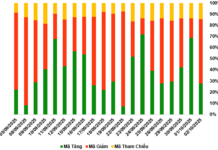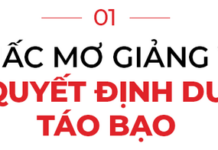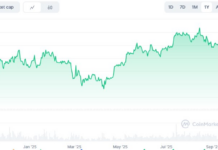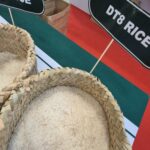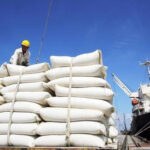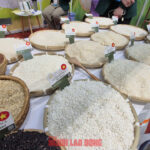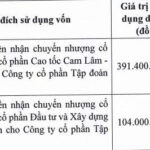According to the rice market specialist SS Rice News (ssricenews.com), the Philippine Department of Agriculture has issued guidelines for implementing the President’s order to temporarily suspend rice imports for 60 days, effective September 1st.
Shipments arriving after September 15th will be returned
Milled rice imports with a valid Sanitary and Phytosanitary Import Clearance (SPSIC) certificate must be shipped by cargo vessels arriving no later than September 15th (except in cases of force majeure or natural disasters) and must depart from the port of origin no later than August 30th.
The shipments must have a bill of lading dated no later than August 25th and must arrive at the designated ports of Manila, Davao, Cagayan de Oro, and Cebu for strict monitoring.
Any shipments arriving after the specified deadline will be returned to the sender, with the importer bearing the cost.
However, glutinous rice, basmati rice, and other specialty rice varieties are exempt from these guidelines.

DT8, a unique Vietnamese rice variety, is highly popular in the Philippines.
|
The issuance of SPSIC certificates will be temporarily halted from September 1st, and all applications will be rejected until further notice.
Scrambling Before the Deadline
Rice exporters to the Philippines shared that while the transit time varies from 2 to 10 days, comprehensive documentation is required, so businesses primarily focus on fulfilling existing contracts.
Since the news broke about the Philippines—the world’s top rice importer and Vietnam’s primary rice market, accounting for over 40% of Vietnam’s rice exports—temporarily halting rice imports for 60 days starting September 1st, concerns have been raised among businesses.
Due to psychological factors, there has been a slight dip in rice prices, but they rebounded as traders rushed to procure stock before the official suspension of rice imports.
News and Photo: Ngọc Ánh
– 14:26 16/08/2025
Premium Vietnamese Rice: Unfazed by India’s Stock Clearance, Global Price Slump
The global rice market may be facing a downward spiral due to oversupply from India, but Vietnamese rice continues to buck the trend. With a strategic focus on market advantages, product quality, and diversification, Vietnamese rice exporters have not only maintained their export momentum but have also managed to increase prices for certain segments.
The Philippines Halts Rice Imports: What’s the Impact on Vietnam?
“Vietnam currently accounts for nearly 80% of the Philippines’ rice imports. The Philippines’ sudden announcement of a temporary halt on rice imports could potentially pose a significant challenge to Vietnam’s rice industry.”

